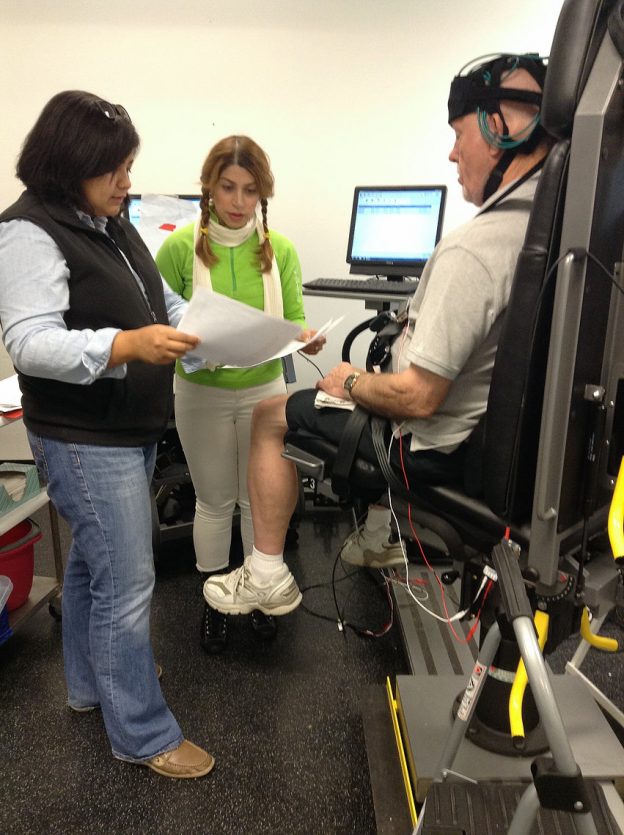Physical ergonomics is concerned with human anatomical, anthropometric, physiological and biomechanical characteristics as they relate to physical activity. Cognitive ergonomics is concerned with mental processes, such as perception, memory, reasoning, and motor response, as they affect interactions among humans and other elements of a system. Most occupational tasks involve some level of mental/cognitive processing in addition to physical work, so that ideally they should be considered together when examining behavior at work. High cognitive demands can influence physical work; and physical activity can influence cognitive processing.
Fatigue is a complex, multifaceted phenomenon and is most commonly defined as the inability to maintain desired performance. The contributors to fatigue may be either physical or psychological and the occurrence site may be the brain or the body, but investigators have typically focused on only one source/site alone. Traditional fatigue evaluations are limited to biomechanical, muscular, and physiological responses, i.e., are focused on the body. Examining the role of brain functioning during fatigue development is critical to extend our knowledge on the etiology and potential mechanisms of fatigue. Central to the goals of NeuroErgonomics, this line of research is novel in investigating mechanisms of fatigue development, both at the neural (brain) and the musculoskeletal (body) levels. What is the role of the brain in fatigue development? How does it affect downstream peripheral responses? What are the potential mechanisms through which stress can increase fatigability? To address these important questions, we employ an integrative brain-body approach to explore potentials pathways of fatigue development under different scenarios (such as high stress or intense movements). For example, we have found that stress can limit activation in the prefrontal cortex that in turn can impair musculoskeletal performance and increase fatigability during motor activities.



